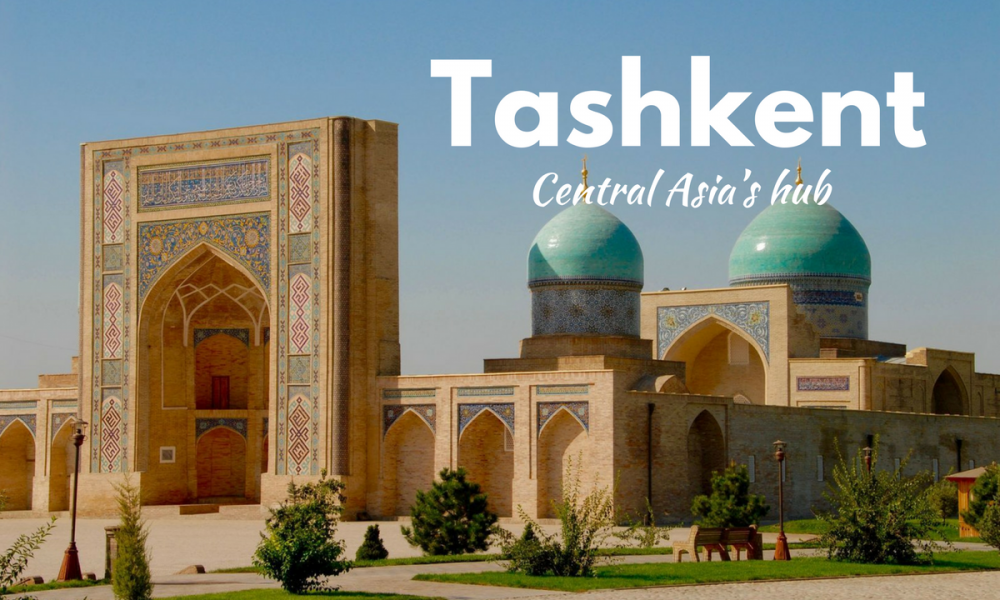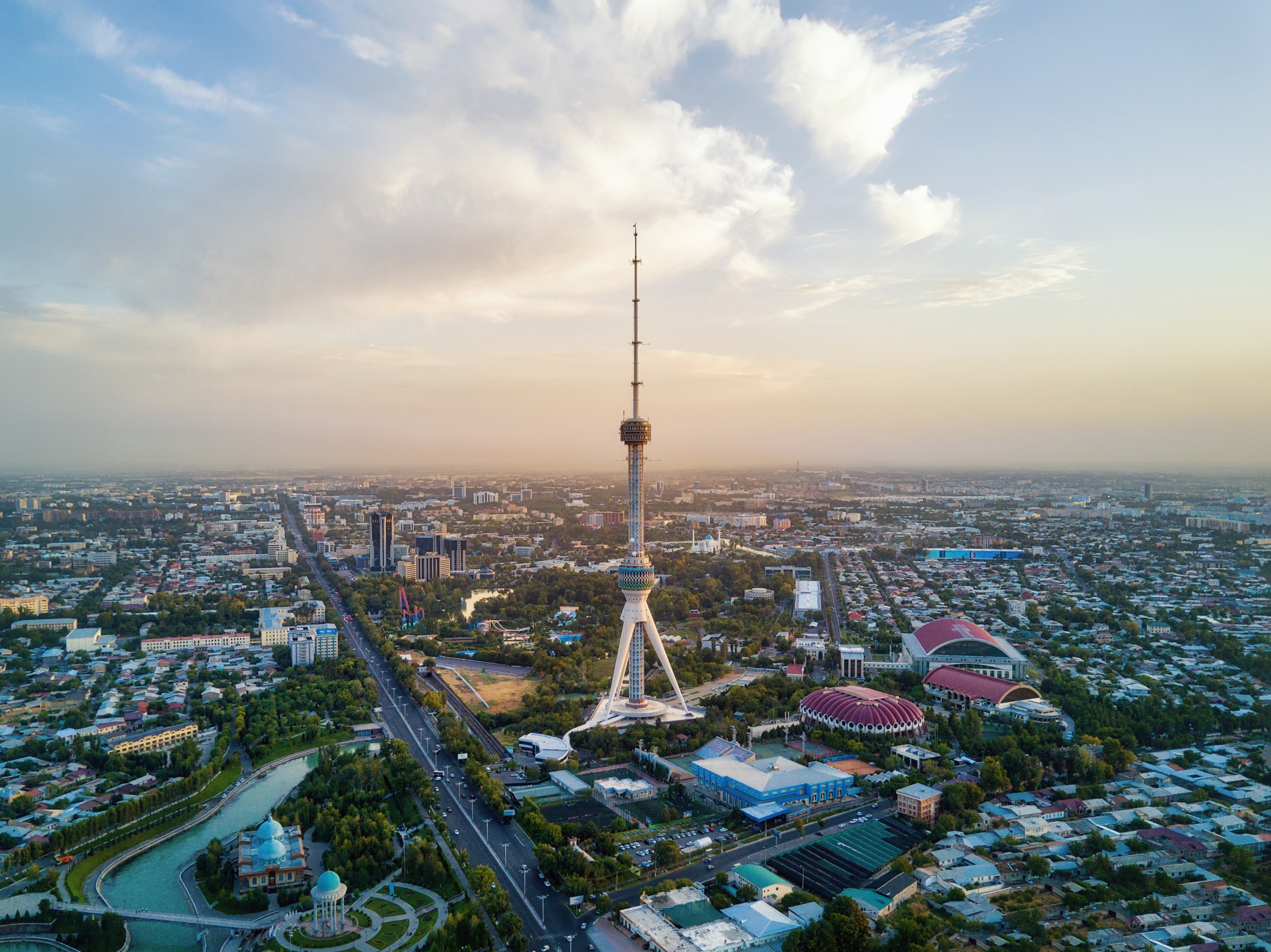China with Tibet Package
Beijing, Xi'an, Guilin, Chengdu, Pomi, Niyang, Lhasa
14 Nights / 15 Days
Tailor Made
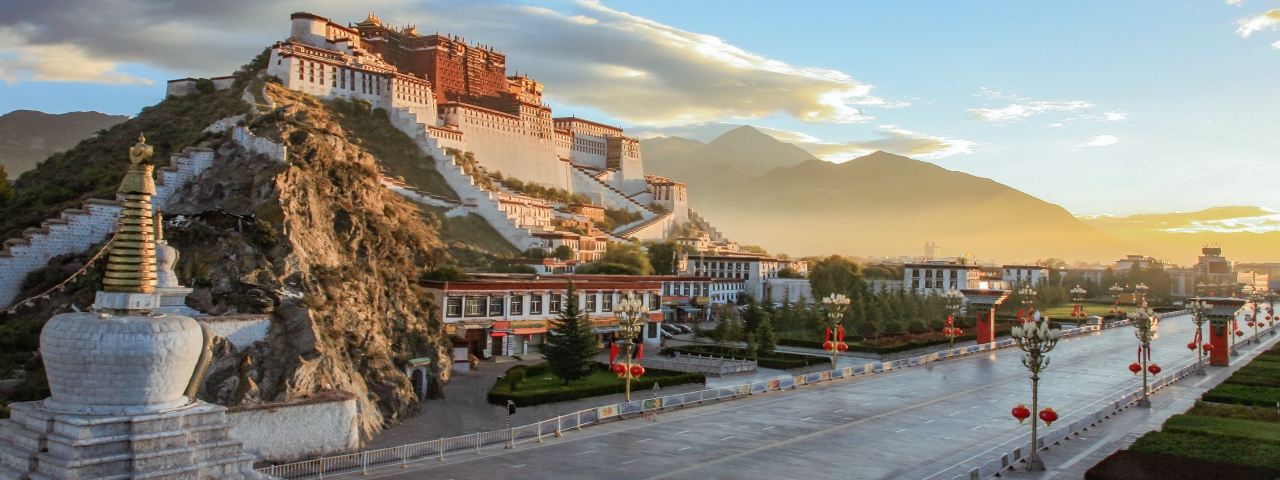
Inclusions
Family , Heritage , Luxury
Departure : Arrive from Anywhere to Beijing
Tour Highlights
FLIGHT & TRANSPORT
Transportation as mention above.Including flight Xian to Guilin,Guilin to Chengdu, Chengdu-Nyinchi ( approx )
High speed train from Beijing to Xian base on 2nd Class
ACCOMMODATION
3 Night(s) in Beijing at 3 Star or similar
2 Night(s) in Xi'an at 3 Star or similar
2 Night(s) in Guilin at 3 Star or similar
2 Night(s) in Chengdu at 3 Star or similar
1 Night(s) in Pomi at 3 Star or similar
1 Night(s) in Niyang at 3 Star or similar
3 Night(s) in Lhasa at 3 Star or similar
SIGHTSEEING
Beijing, China
Great Wall Of China
Olympic Stadium - Bird Nest (Outside)
Water Cube (Outside)
Summer Palace
Tiananmen Square Beijing
Forbidden City Beijing
Temple Of Heaven
Chengdu, China
Tianfu Square
Chunxi Road
Kuan Alley and Zhai Alley
Wangjiang Park
Chengdu Panda Base & Leshan Giant Buddha
Guilin, China
Explore the Li River In Guilin
Lhasa, China
Basong Lake
Potala Palace
Jokhang Temple
Namtso Lake
Niyang, China
Niyang River and Yarlung Tsangpo River
Pomi, China
Lulang Forest
Xi'an, China
Big Wild Goose Pagoda
Terracotta Warriors
MEALS
14 Breakfast
14 Dinner
Day Wise Itinerary
DAY 1: Beijing
Arrive Beijing International airport.transfer to hotel. Overnight in Beijing hotel
Dinner
DAY 2: Beijing
After breakfast, depart for Tiananmen Square the largest open-urban square in the world & Forbidden City a marvelous complex. Later visit Temple of Heaven. Overnight in Beijing hotel.
Breakfast Dinner
DAY 3: Beijing
After breakfast, proceed for your journey to see one of the wonders of the world, Great Wall of China-Badaling with cable car. Later visit Olympic Stadium “Bird Nest” from outside and Water Cube from outside. Later visit Summer Palace .Overnight in Beijing hotel.
Breakfast Dinner
DAY 4: Xian
Train No G655, departure at 09:43am,arrive Xian at 15:31pm. After breakfast, later transfer from Beijing to Xian by High speed train. Arrive in Xian,. Overnight in Xian.
Breakfast Dinner
DAY 5: Xian
Morning depart for tour to Terra Cotta Warriors and Horses, the most significant archaeological excavations of the 20th century. Visit Big Wild Goose Pagoda, Overnight in Xian hotel.
Breakfast Dinner
DAY 6: Xian - Guilin
After breakfast, then flight to Guilin, then go to visit Elephant Trunk Hill. Overnight in Guilin hotel
Breakfast Dinner
DAY 7: Guilin
After breakfast, depart for a cruise of the beautiful and tranquil Li River cruise-Xingping highlight (short line),last about 1-1.5 hour,it is arguably the most scenic part of the Li River. Overnight in Guilin hotel.
Breakfast Dinner
DAY 8: Guilin - Chengdu
After breakfast,take flight to Chengdu,arriveChengdu.visitTianfuSquare,Chunxi Road. Kuan Alley and zhuaiAlley,Wangjiang Park. then overnight in Chengdu.
Breakfast Dinner
DAY 9: Chengdu
After breakfast,Visit Leshanbuddha +Panda Base. enjoy dinner then check in hotel.
Breakfast Dinner
DAY 10: Chengdu - Nyingchi - Lunang Forest
After breakfast , take flight,Arrive at Nyingchi. Your guide will pick you up and drive from Baiyi to Pomi, On the way visit Lunang forest.
Breakfast Dinner
DAY 11: Pomi - Niyang River
After breakfast, head for the conjunction of Niyang River and YarlungTsangpo River, visit the spectacular of the flowing water which you may see the plaint the majesty, grandness and superb of the nature. Overnight at Niyang.
Breakfast Dinner
DAY 12: Bayi Town - Barksun-Tso - -Lhasa
First you will drive 30 kms to visit the Lamaling monastery which an important monastery in Ningchi. And then drive to Basonglake. The crystal clear water of the Basong Lake will seem like an oasis to you -- another place you would be reluctant to leave. Drive to Lhasa.
Breakfast Dinner
DAY 13: Lhasa
Visit Lhasa's cardinal landmark Potala Palace, the spiritual center of Tibet, Jokhang Temple, and stroll around at the famous Barkhor Street.
Breakfast Dinner
DAY 14: Lhasa
Today, you’ll be driven to the Namsto Lake, the second-largest saltwater lake in China. It is over 70km long and reaches a width of 30km. In clear weather the water is a miraculous shade of turquoise and there are magnificent views of the nearby mountains. The wide open spaces, dotted with tents of local nomads,are intoxicating.
Breakfast Dinner
DAY 15: Dparture From Lhasa
After breakfast at your hotel make the most of the last morning of your tour in Lhasa. Transfer to Lhasa Airport for next destination.End of service.
Breakfast
Tour Inclusions
- 14 nights’ accommodation with breakfasts.
- Professional English Speaking Guide
- Entry tickets as mention above.
- 13 Dinners (some place no India restaurants, will arrange local food.)
- High speed train from Beijing to Xian base on 2nd Class
- Permit for Tibet and special permit for pomi.
Tour Exclusions
- Personal Expenses such as alcohol and other beverages, telephone calls, tips and laundry.
- Air Fare & Taxes
- Tip for Driver & Guide Compulsory
- Flight Xian to Guilin, Guilin to Chengdu, Chengdu-Nyinchi
Sightseeing
Beijing, China
Great Wall Of China
It is an ancient series of walls and fortifications located in northern china, built around 500 year ago. It estimates of its length which may vary from 1500 to 5000 miles, perhaps the most recognizable symbol of China and its long vivid history, the Great Wall was originally convinced by Emperor Qin Shi Huang in the third century B.C. It goes without saying that it is one of the greatest sights in the world, an awe-inspiring feat of ancient defensive architecture. Its zigzag path over rugged country and steep mountains will take you to some great scenery. It is often said that the First Emperor of Qin built the Great Wall. In Qin Dynasty, the first emperor of Qin inked the northern walls to prevent invasion from northern nations. This majestic wall was built as a symbol of wisdom, dedication.
Olympic Stadium - Bird Nest (Outside)
Bird's Nest, the National Stadium is situated in Olympic Green Village, Chaoyang District of Beijing City. It was designed as the main stadium of 2008 Beijing Olympic Games. The Olympic events of track and field, football, gavelock, weight throw and discus were held there. Since October 2008, after the Olympics ended, it has been opened as a tourist attraction. Now, it's the center of international or domestic sports competition and recreation activities. In 2022, the opening and closing ceremonies of another important sport event, Winter Olympic Games will be held here.
The construction of the National Stadium started on December 24, 2003. On July 2004, the project was stopped temporarily due to the amendment of the design. On December 27 of the same year, the construction was resumed and finished in March, 2008. The total cost was more than 423 million dollars, a tiny fraction of the 40 billion USD spent on Beijing in preparation for the Olympics.
The Bird’s Nest was designed by Swiss Architects, Herzog & de Meuron, and a Chinese Architect, Li Xinggang. The requirements for its design were that it had to be inspiring and be able to withstand an earthquake.The design came from the idea of a single thread wrapped round a ball. Layers of logical geometry give the appearance of randomness and an organic shape.
It is 333 meters long from north to south, 294 meters wide from east to west, and the highest point is 68.5 meters. The stadium's design originally called for a capacity of 100,000 people; however 9,000 were removed during a simplification of the design. The new total of 91,000 was shaved further when 11,000 temporary seats were removed after the 2008 Olympics; bringing the stadium's current capacity to 80,000 seats.
Olympic Stadium is most impressive from the outside, where it’s bird’s nest shape is apparent. Situated on the Beijing Olympic Green, Olympic Stadium is free to enjoy from the outside, but you’ll have to pay a fee if you want to enter the stadium.
Water Cube (Outside)
The Beijing National Aquatics Center, known as the Water Cube, is an aquatics center that was built alongside the Beijing National Stadium for the 2008 Summer Olympics. It maybe known as the cube, but the building is shaped like a rectangle. During the 2008 Olympics, a staggering and impressive 25 world records were made in the complex. The park has gone through quite a few changes to attract visitors to the Olympic site, and make it the attraction that it is today. In August 2010, the 20,000 sq ft Water Cube reopened as an exciting destination for those who love water. It is thought to be Asia’s largest water park and features a wave pool, lazy river, spa, water slides and various rides.
The Water Cube was designed by PTW Architects and Ove Arup. Their unique and inspired design was based on the way soap bubbles come together in a 12 or 14-sided cell structure.This advanced membrane structure is formed by 3,065 bubble-like pneumatic cushions of all sizes. It becomes the first large-scale public project coated with the membrane, and it also has set up a new world record for its massive deployment.
In 2022, it will be the venue of curling competitions during the Winter Olympic Games.
Summer Palace
With the construction started in 1750, Summer Palace was built as a luxury royal garden. In the end of Qing Dynasty, it had ranked among the main residence of royal members. In 1924, it was open to the public. Later in 1998, it got listed into World Heritage Sites by UNESCO. Summer Palace boasts the top royal garden in China with regard to scale and preservation, recoginized long as “The Museum of Royal Gardens”.
Summer Palace covers an area of 300.59 hectares, with over 3,000 artificial structures which occupy more then 70,000 square meters. It features a dazzling fusion of natural sceneries and artificial designs including pavilions, corridors, bridges, and towers. Inside the garden, there are two main parts: the Court Area, Front Hill Area, Rear ill Area and Lake Area.
Court Area lies in the northeast of the Summer Palace, stretching from East Palace Gate to the Northeast coast of Kunming Lake. This area accommodates several transportation means and is the primary stop for visitors to view the charm of Longevity Hill and Kunming Lake.
Tiananmen Square Beijing
Flanked by triumphalist soviet style structures, and ringed by low rise edge fences, the world's biggest open square is an immense flatland which remains in the heart of Beijing. The soldiers emerge here through the gate of heavenly peace to goose step across the reverse ceremony which is performed at sunset. Don’t miss out this attraction, during your visit to china. Explore it and make your trip memorable and cherish this experience throughout your life.
Forbidden City Beijing
The Forbidden City is located in the middle of Beijing. Constructed in 1420, during the early Ming Dynasty, it is China's best-preserved imperial palace, and the largest ancient palace structure in the world.
As one of the five most important palaces in the world, the grand halls and walls proudly display the essence and culmination of traditional Chinese architecture, fitting for the capital city of the world’s largest nation. It is the 6th Largest imperial palace in the world. It’s located in the center of Beijing, north of Tiananmen Square.
The Forbidden City covers an area of about 72 hectares (180 acres) with a total floor space of approximately 150,000 square meters (1,600,000 square feet). It consists of more than 90 palaces and courtyards, 980 buildings and over 8,728 rooms. (A common myth states that there are 9,999.5 rooms, but it is not supported by survey evidence.)
The Forbidden City took 14 years to build (from 1406 to 1420). It was built by over 1,000,000 workers, including more than 100,000 craftsmen. It was the imperial palace of China for 492 years (1420–1912). It was the home of 24 emperors — 14 of the Ming dynasty and 10 of the Qing dynasty. In 1925, the Forbidden City became the Palace Museum. It was named a UNESCO World Heritage Site in 1987.
Ancient Chinese Astronomers believed that the Purple Star (Polaris) was in the centre of heaven and therefore the Heavenly Emperor lived in the Purple Palace. The Palace for the emperor on earth was called the Purple City. It was forbidden to enter the palace without special permission of the emperor. Hence its name 'The Purple Forbidden City', usually called 'The Forbidden City'. The palace is 960 meters from north to south and 750 meters from east to west, The Forbidden City is surrounded by a six meter deep, 52 meter wide moat.
Most of the visitors enter the Forbidden City through Tian'anmen, ‘Gate of Heavenly Peace’. It hosts 14 million visitors per year, a maximum of 80,000 visitors per day.
Temple Of Heaven
Built in the capital city of China, the temple was built in the early 15th century by the same emperor who built the Forbidden City near Beijing. The temple is said to have the past kings to China. Its outstanding architectural design leaves visitors awe-strucked, and it sets in the heart if Beijing as it is praised by locals and visitors alike. And yes as the name suggest it has an heavenly feeling as it is the symbol if peace and serenity.
Chengdu, China
Tianfu Square
Tianfu Square, the symbol of Chengdu, is located in the city center. Being the largest city square in southwest China, it enjoys similar position and fame in Sichuan as Tiananmen Square in Beijing. With an area of 88,368 square meters (105,687 square yards), the square is a special sight encircled by skyscrapers. It is said that one who fails to visit Tianfu Square doesn’t even visit Chengdu.
Chunxi Road
If one travels to Chengdu for the first time, Chunxi Road Pedestrian Street is a place that should not be missed. Located in Jinjiang District, this road in a broad sense covers an area of about 200,000 square meters (2,150,000 square feet). It stretches to the east of Beixin Street, the west of Hongxing Road, the south of Zongfu Road, and the north of East Street. The street was originally built in 1924 to connect two commercial centers, the East Street and Mercantile Corporation. After nearly 100 years of evolution, it is now not only the center of fashion in Chengdu, but also a place that brings together delicious snacks from all over the country.
Kuan Alley and Zhai Alley
Kuan Zhai Alley is one of the three historical and cultural reserves in Chengdu, together with Daci Temple Reserve and Wenshu Monastery. Also known as Wide and Narrow Alley, Kuan Zhai Alley is actually consisted of three parallel alleys Kuan Alley, Zhai Alley and Jing Alley (Well Alley), and the grid pattern streets and courtyards formed by the three parallel alleys. Tourists can enjoy and experience the Chengdu lifestyles of leisure, laid-back, and modern, and also taste various delicious local food and snacks at the Kuan Zhai Alley.
With different themes in the three alleys, the Kuan Alley and Zhai Alley focus on providing people with leisure experience, including boutique hotels, characteristic local snacks and food, traditional teahouse, and distinctive inns.
Wangjiang Park
Wangjiang Park is one of Chengdu's three famous cultural relics, along with Wuhou Memorial Temple and the Thatched Cottage of Dufu. The park is significant because it is dedicated to a versatile and beautiful Tang Dynasty (618-907) female poet named Xue Tao.
Visitors to the park can enjoy poems and couplets written by the poet, as well as quiet moments in the sea of bamboo and a panoramic view from the top of Wangjiang Tower.
Chengdu Panda Base & Leshan Giant Buddha
Chengdu Research Base of Giant Panda, also known as Panda Base, to see the pandas in the morning when they are normally very active. You will see lovely giant pandas eating and playing together, and be shown a 20-minute video to learn about giant panda research and breeding.
After a 2-hour drive, you will reach Leshan. The Giant Buddha is a statue of Maitreya in a sitting posture and was included by UNESCO on the list of the World Heritage sites in 1996. Measuring about 233-feet high, the Giant Buddha's symmetrical posture and expression have been beautifully captured in its solemn stillness. You may take a boat to have a holistic view of the Giant Buddha or walk into the park to visit at your own pace.
Guilin, China
Explore the Li River In Guilin
The Li River, or Li Jiang, is in Guilin, in South China's Guangxi Province. It is prestigious as being one of "the world's best 10 watery wonders" as indicated by National Geographic. The Li River journey from Guilin to Yangshuo flaunts the most excellent view. Along the 86-kilometer medium, you will see karst tops, eating water wild buffalo, agriculturists working in the fields, and conventional towns settled at the bases of the slopes. The Li River, one of the most beautiful rivers in China, is the soul of Guilin. There are three ways to look at the beauty of the river: the Li River cruise, the bamboo raft and hiking, Boating and rafting. .
Lhasa, China
Basong Lake
Basong Lake (Basong Co) is on a branch of the Bahe River, Gongbogyamda County, Nyingchi Region, east of Tibet. “Co” means a green pool or lake in Tibetan. Basong Co is an alpine lake walled up by terminal moraines. Its water surface is 3500 meters above sea level. The maximum depth of the lake is 60 meters. With beautiful scenes combined by snowy mountains, glaciers, forests and green lakes, Basong Co is one of the best tourist resorts in the whole Tibet.
Potala Palace
This amazing palace has the honor of being the highest ancient palace in the world, with its highest point reaching 3,750 meters (12,300 feet) above sea level, towering 100 meters (300 feet) above the city of Lhasa. It was built as the center of Tibetan government by the fifth Dalai Lama in 1645.
This 13-stories-high palace has over 1,000 rooms, and covers over 13 hectares (32 acres). The stone walls measure 3 meters (10 feet) thick on average.
Jokhang Temple
Jokhang Temple is the spiritual center of Tibet and the holiest destination for all Tibetan pilgrims. It is is listed in the World Cultural Heritages with Potala Palace and Norbulingka. Situated at the heart of the old town of Lhasa and surrounded by Barkhor Street, this 4 storied building, built in the 7th century by Songtsan Gambo, with roofs covered with gilded bronze tiles, demonstrates a combination of the architectural style of Han, Tibetan, India and Nepal, as well as a Mandala world outlook of Buddhism. It was originally called the 'Tsuklakang' (Tsulag Khang) - 'House of Religious Science' or 'House of Wisdom' during the Bon period of Tibet, which is referred to geomancy, astrology, and divination of Bon. Today it is more commonly known as the Jokhang, which means the 'House of the Buddha'. Visiting Jokhang Temple for a real discovery tour in the mysterious and sacred land, you can get close to the religious part of Tibet and experience the devotion of Tibetans.
Namtso Lake
Namtso, Tibetan for ‘Heavenly Lake’, is often described as being next to heaven because of its lofty altitude, stunning beauty, pure blue water, and spiritual associations.
It is the highest saltwater lake in the world. Snow-capped mountains and open grassland, dotted with yak herds and local nomads, surround the crystal clear water of Lake Nam, making it one of the most beautiful places in Tibet.
Niyang, China
Niyang River and Yarlung Tsangpo River
Tibetan language, Niyang River means “the sad tears of a fairy”. It is also regarded as the mother river of Gongbu people. The water is crystal clean thanks to the well-preserved vegetation in the river reaches. It is always a must-visit spot in Nyingchi Prefecture for its breathtaking beauty. The jade-green will let visitors have the illusion that they are in a paradise. Upper reach of Niyang River is a large and flat meadow, while the lower reach is of dense forests standing by both banks. The picturesque scenery will amaze you when you see the reflections of trees into the clear water.
In Chinese, Yarlung Tsangpo River(Brahmaputra) means water flowing down from the crest. Found in the Qinghai-Tibet Plateau, known as 'the roof of the world', this is the biggest river in Tibet and also holds the position as being the river found at the highest altitude across the world. Originating from a glacier on the northern side of the middle Himalayas, over 5,300 meters (208,661 feet) above sea level, the river runs across the south of Qinghai-Tibet Plateau from west to east, through India and Bengal, and finally flows into the Bay of Bengal. Altogether more than 2,900 kilometers (1,802 miles) long with a catchment area of 935 thousand square kilometers (361,006 square miles), it is the fifth longest river in China. With a large number of branches, its natural hydropower capacity reaches up to 79,116 thousand kilowatts, just second to the Yangtze River in China.
Pomi, China
Big Wild Goose Pagoda is one of the most famous Buddhist pagodas in China. Big Wild Goose Pagoda (is a well-preserved ancient building and a holy place for Buddhists. It is located in the southern suburb of Xi'an City. The Pagoda was built in the Tang Dynasty for the study of Buddhist scriptures.
The pagoda was built in 652 during the Tang Dynasty and originally had five stories, 60 meters in height. The decay of the earth-cored pagoda made necessary the new construction of a new 10-storey pagoda from 701 to 704 A.D. However, the winds of war in the years to come, not to mention a massive earthquake in 1556, reduced the pagoda almost to ruins, which in turn resulted in the construction of a 7-storey, 64 meter-tall structure in the later Ming Dynasty, which still stands today.
Terracotta Warriors
Terracotta Warriors and Horses were discovered in 1974 and are known as the 8th Wonder of the World. It has dense layout and large scale and it has historical, scientific and artistic value. The terracotta army isn’t just Xian’s premier sight, its one of the most famous archaeological finds in the world. Explore this interesting and historic beauty during your trip to china.
Photo Gallery
Tour FAQs
- RTT - RIVIERA TOURS AND TRAVEL
- Rate of Exchange (ROE) will be taken into account for making land component’s final payment.
This rate is applicable for Indian nationals only. Other nationalities are requested to contact our tour experts for more details on pricing policy.
The standard hotel check-in time is 14:00 hrs and check out 12:00 hours.
The breakfast timing at international hotels is mostly from 6:30 hrs to 10:00 hrs.
The grant or refusal of a visa is up to the sole discretion of a particular government, consulate or embassy, and RTT should not be held responsible for the delay, denial or non-issuance of visa to travelers. Apart from this, RTT will not be responsible for any additional expense or loss resulting from it.
Excessive consumption of alcoholic drinks while traveling will put you in trouble, especially during visa on arrival, immigration, and other vital procedures that determine your entry to the country.
It is significant to ensure that your passport possesses a 6 month-validity (9 months in the case of Malaysian passport) from the date of return. Whether or not you’re eligible for visa on arrival, we request you to obtain your visa, prior to departure.
Should you’ve any travel related query or have to face any kind of difficulties during your vacation, we request you to bring them to the attention of RTT’s staff or hotel / transport service provider on immediate basis. If the complaint is not resolved to your contentment, you can forward us a formal complaint in writing within 28 days of your return. We assure you to get back to you with a practical yet sensible solution.
If you don’t receive the travel arrangements as promised by RTT’s agents or staff, we assure to make appropriate compensation.
RTT should not be held responsible for any negligence or ineffectiveness of services provided by third parties, such as airlines and hotels.
RTT is only a tour operator and should not be held liable for your own acts on account of misconduct or personal affairs. For instance, RTT or its team cannot guarantee the safety of your personal belongings or vital documents at any point of your vacation.
RTT should not be held responsible for any kind of damages or misconduct done by guests during tour.
At RTT, we take all rational effort to provide accurate and genuine information on our website. Nevertheless, we cannot assure the exactness of all information, particularly images that depict the services made available by hotels and other third party service providers.
For a hassle-free vacation, we recommend you to avail of a travel insurance plan through one of RTT’s sales agents, prior to departing from your destination. However, extra charges may apply.
What we mean by ‘seat-in-coach’ is to make available comfortable van / bus/ coach for arrivals, departures, or sightseeing. However, please be informed that when you choose to tour on SIC basis, you will be required to share transportation with other guests. If you don’t approve the same, we recommend you to take advantage of a private vehicle by paying extra charge.
To ensure an unperturbed holiday experience, it is advisable to carry your valid travel documents by way of passports, visas and important documents while traveling.
In such circumstance when a client applies for documents relevant for traveling, such as visa, through RTT and later the tour is cancelled because of the unavailability of these documents, no refund will be made to the client. Moreover, clients are not eligible for any claim of payments or cash deposits that are non-refundable.
Unless otherwise paid for it, no separate bed will be provided to a kid accompanying his or her parents. However, if you want an extra bed for your kid, you can get one by directly making payment to the hotel. Furthermore, no refund will be done in such instance wherein you’ve already paid for the bed and don’t want to avail of it.
RTT reserves the sole right to amend or update the abovementioned terms and conditions at any time without any prior notice.

.jpg)




























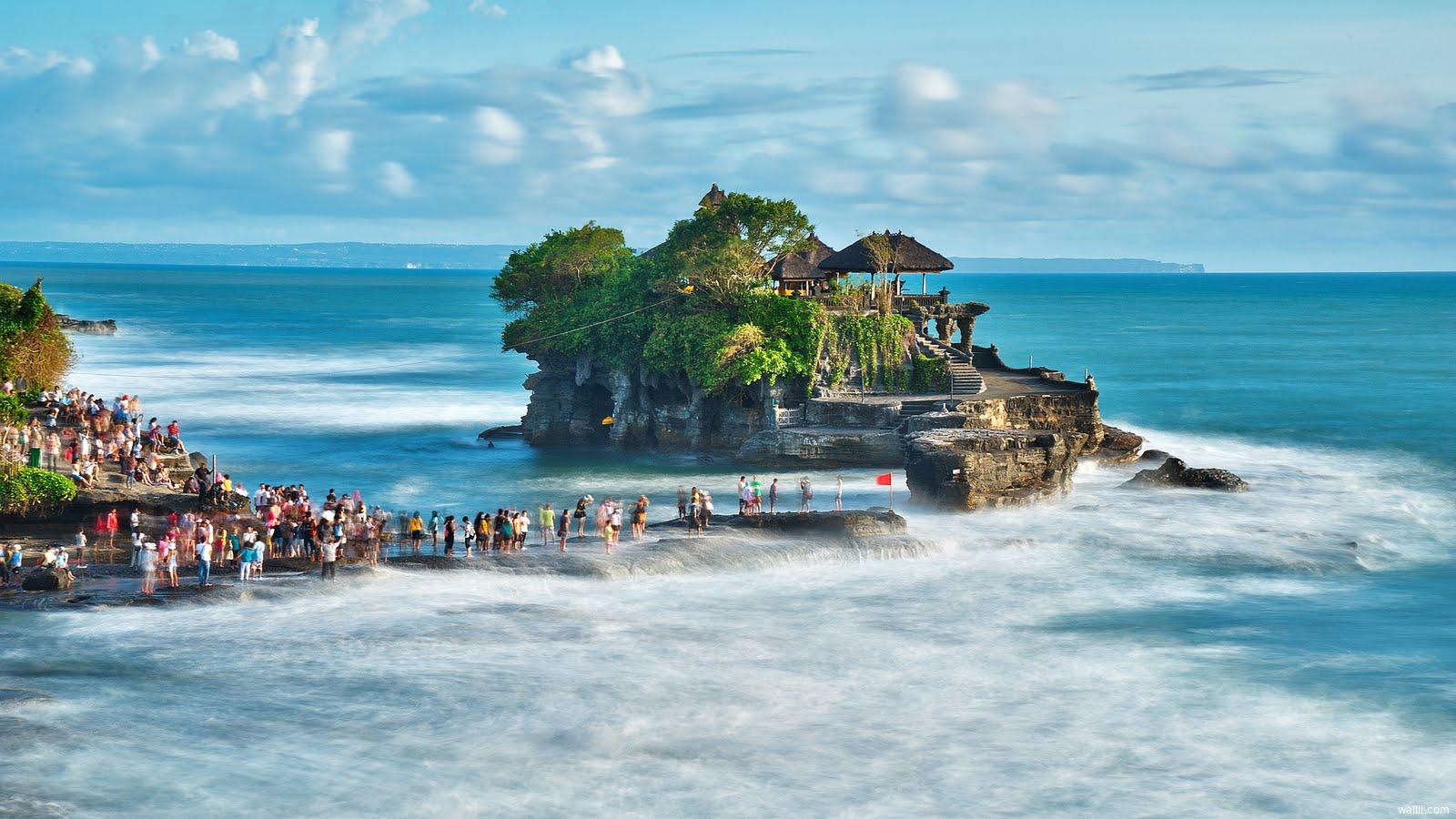

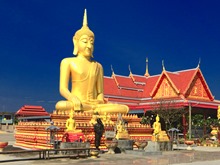

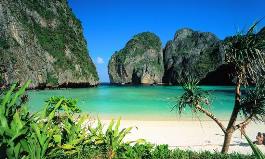


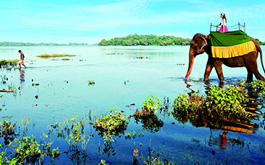




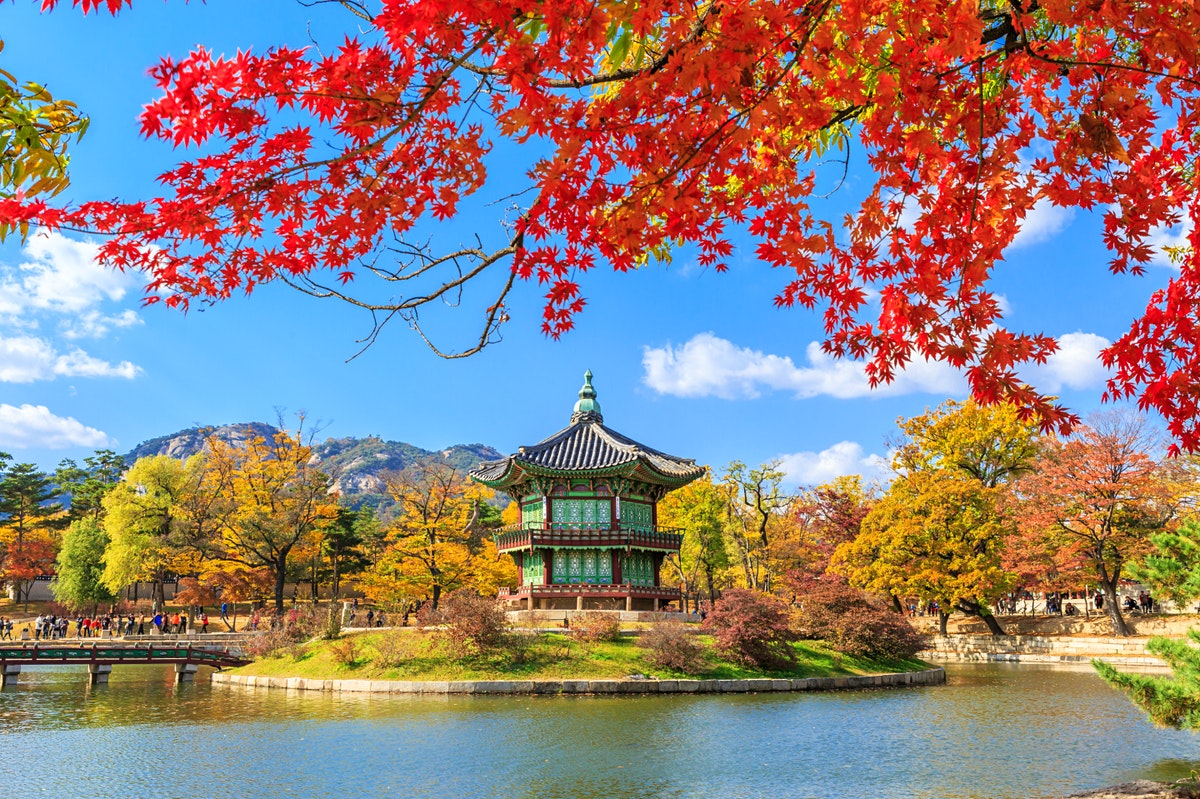

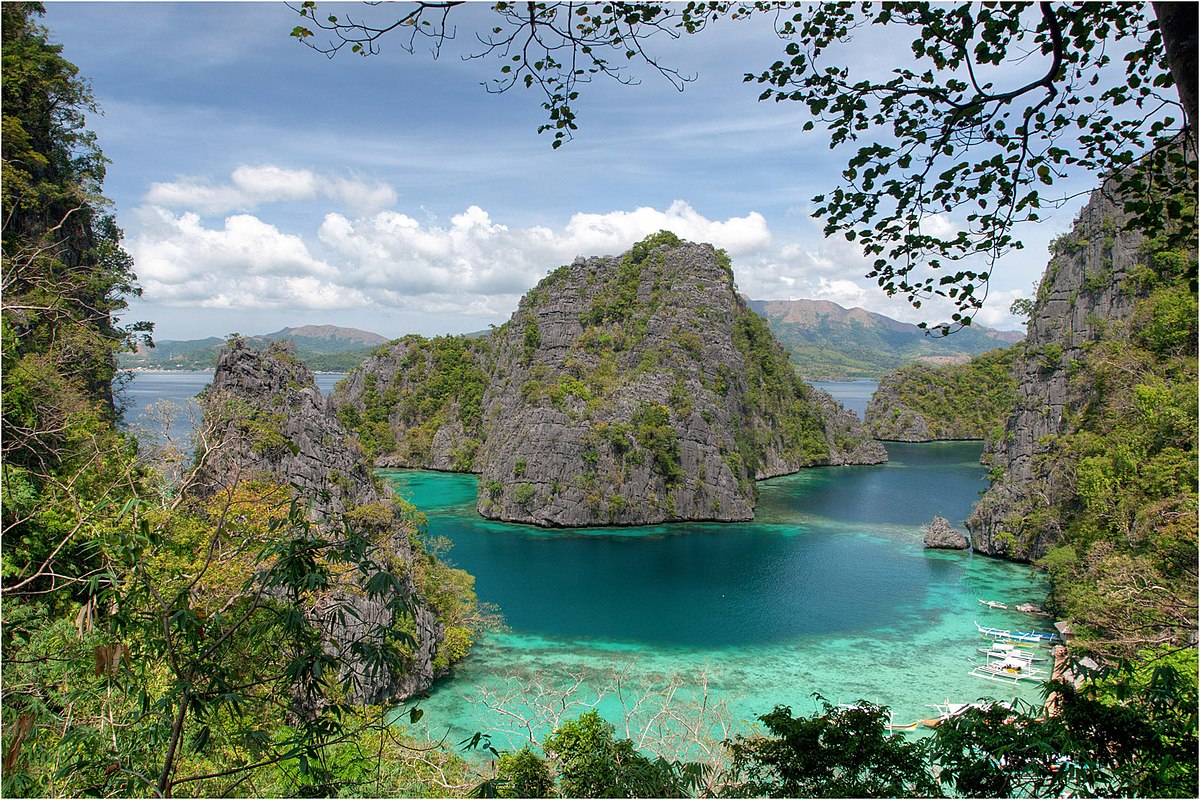

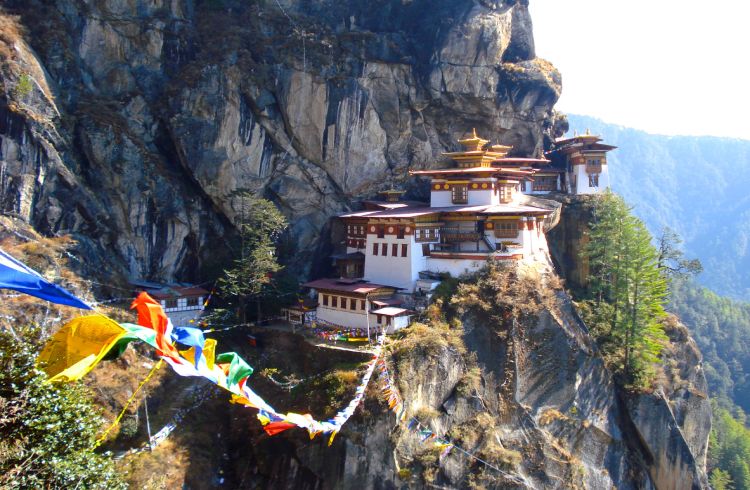



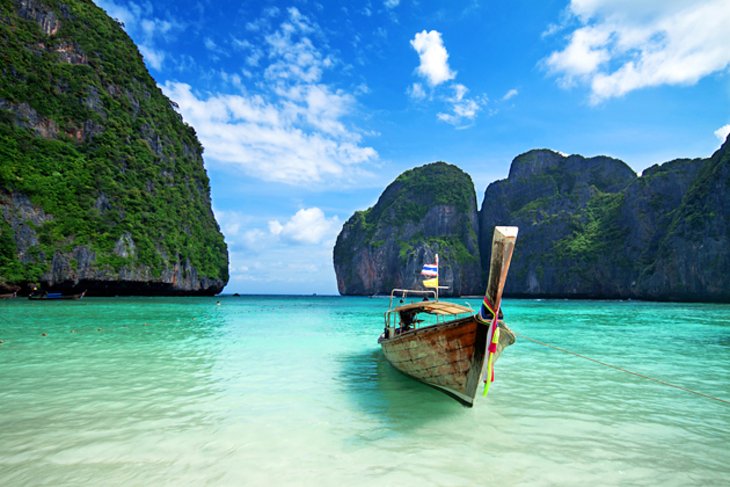
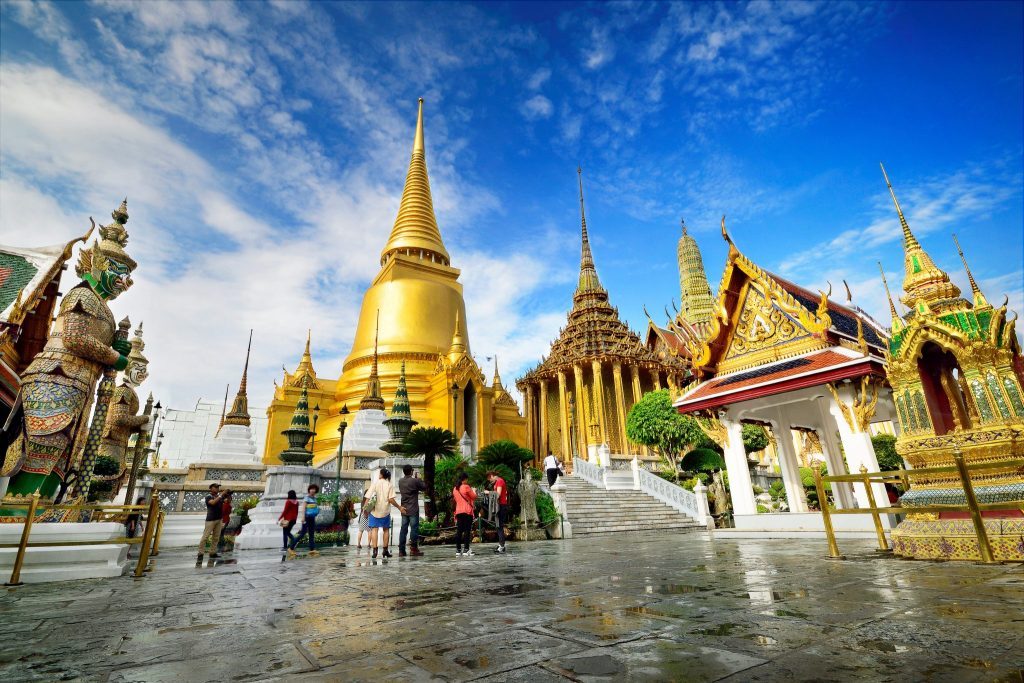
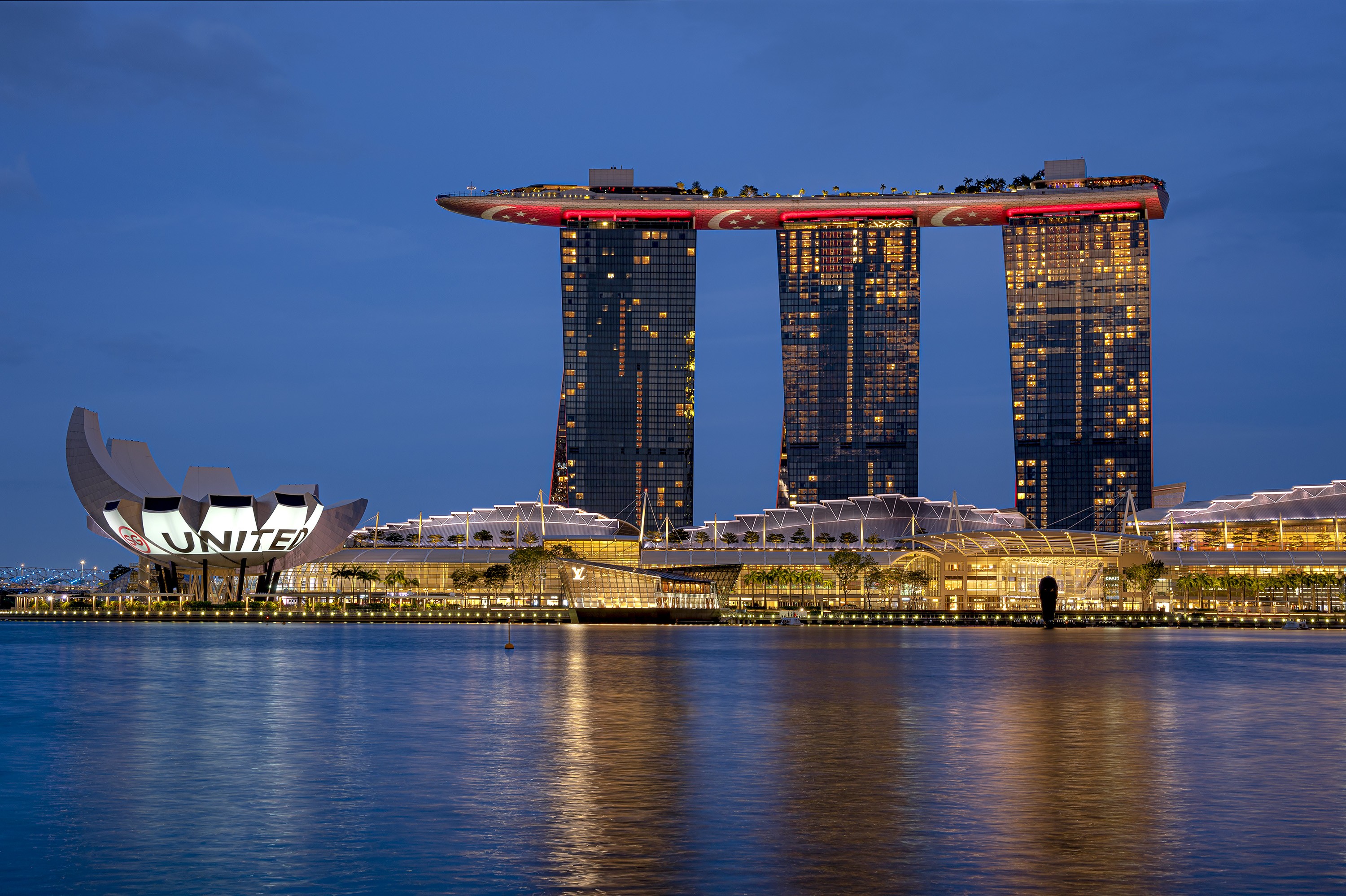
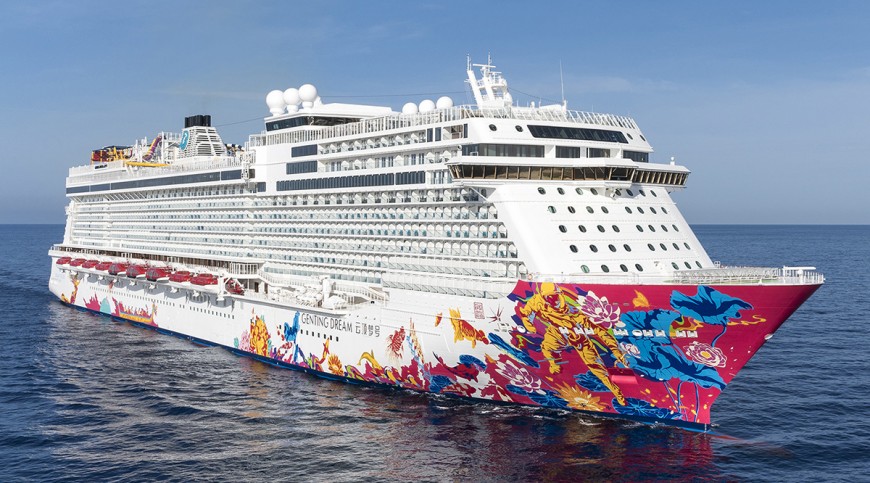


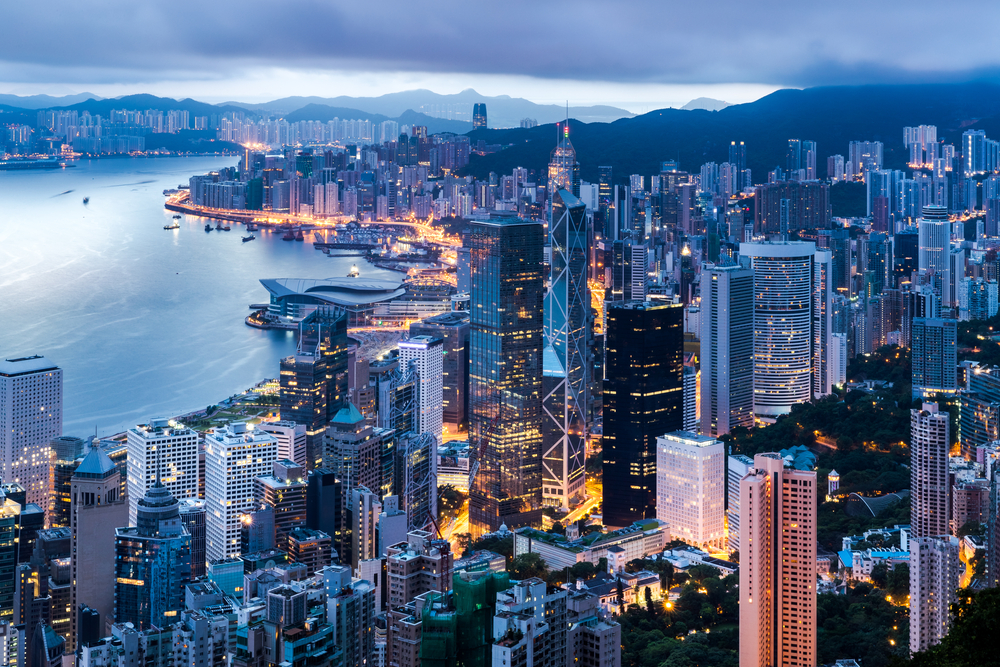

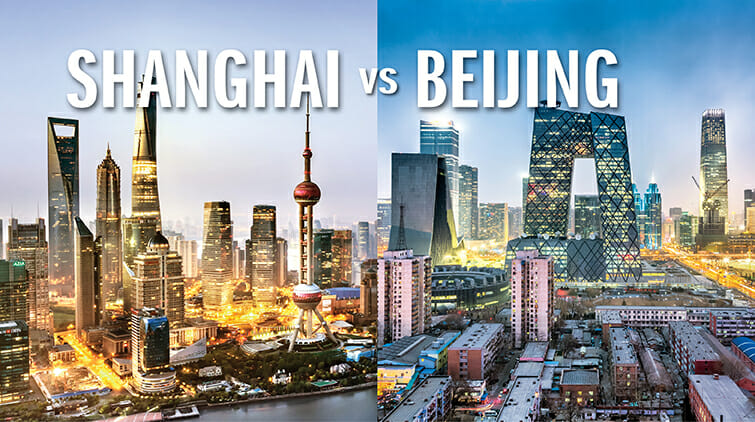
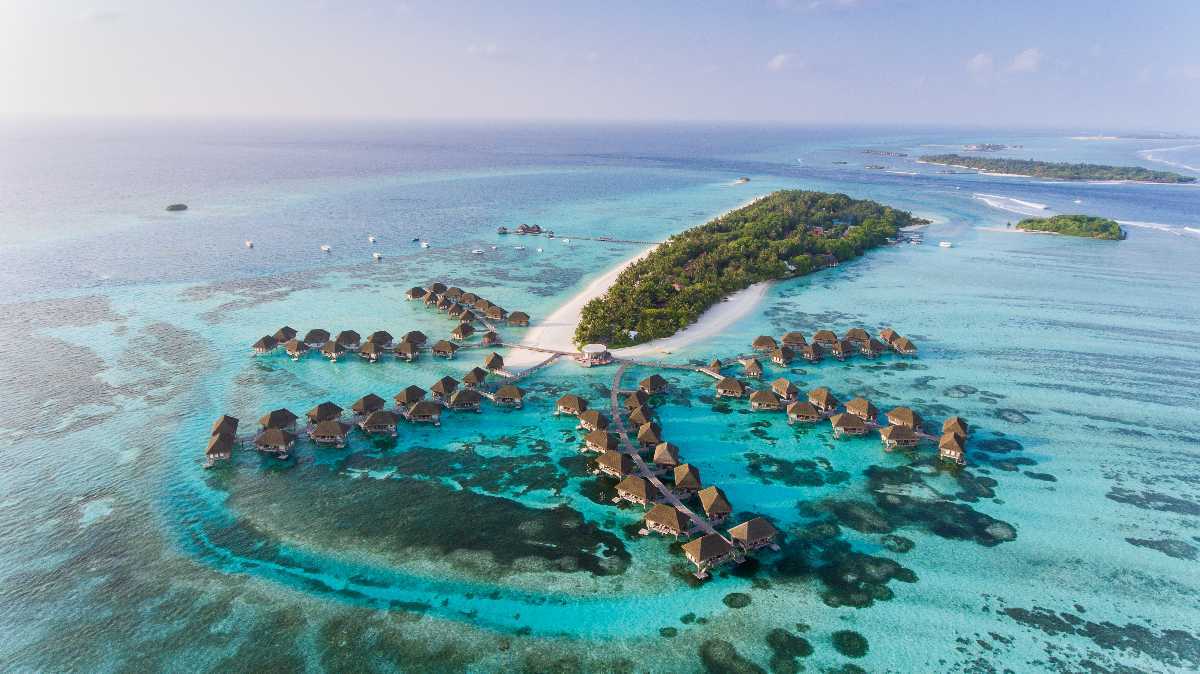
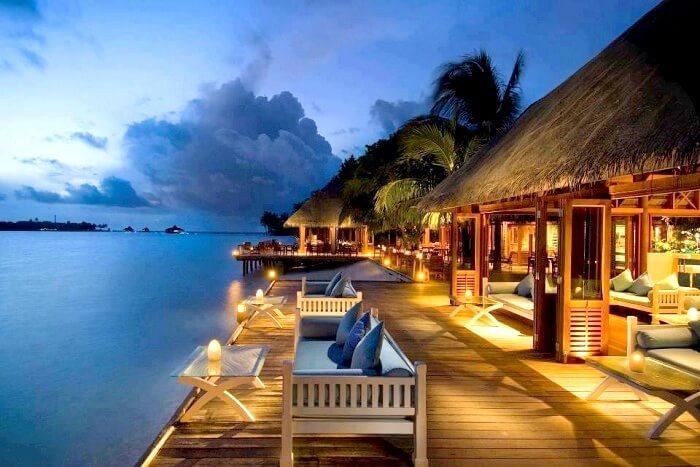


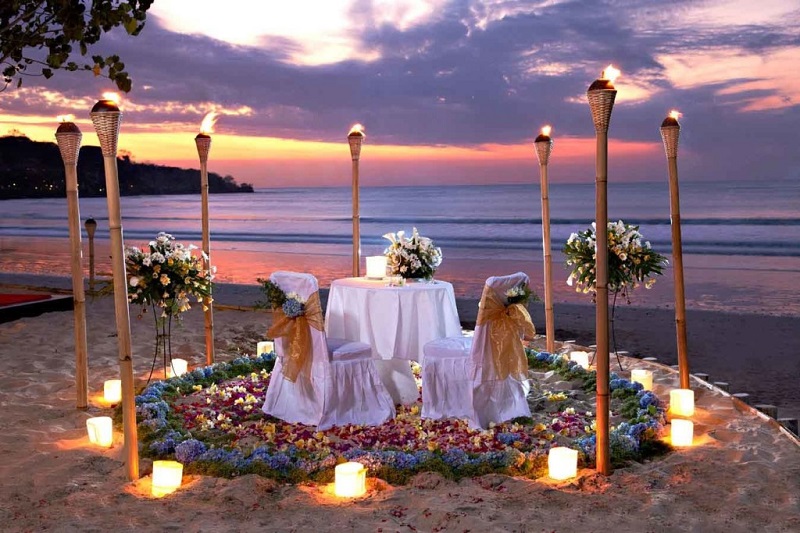
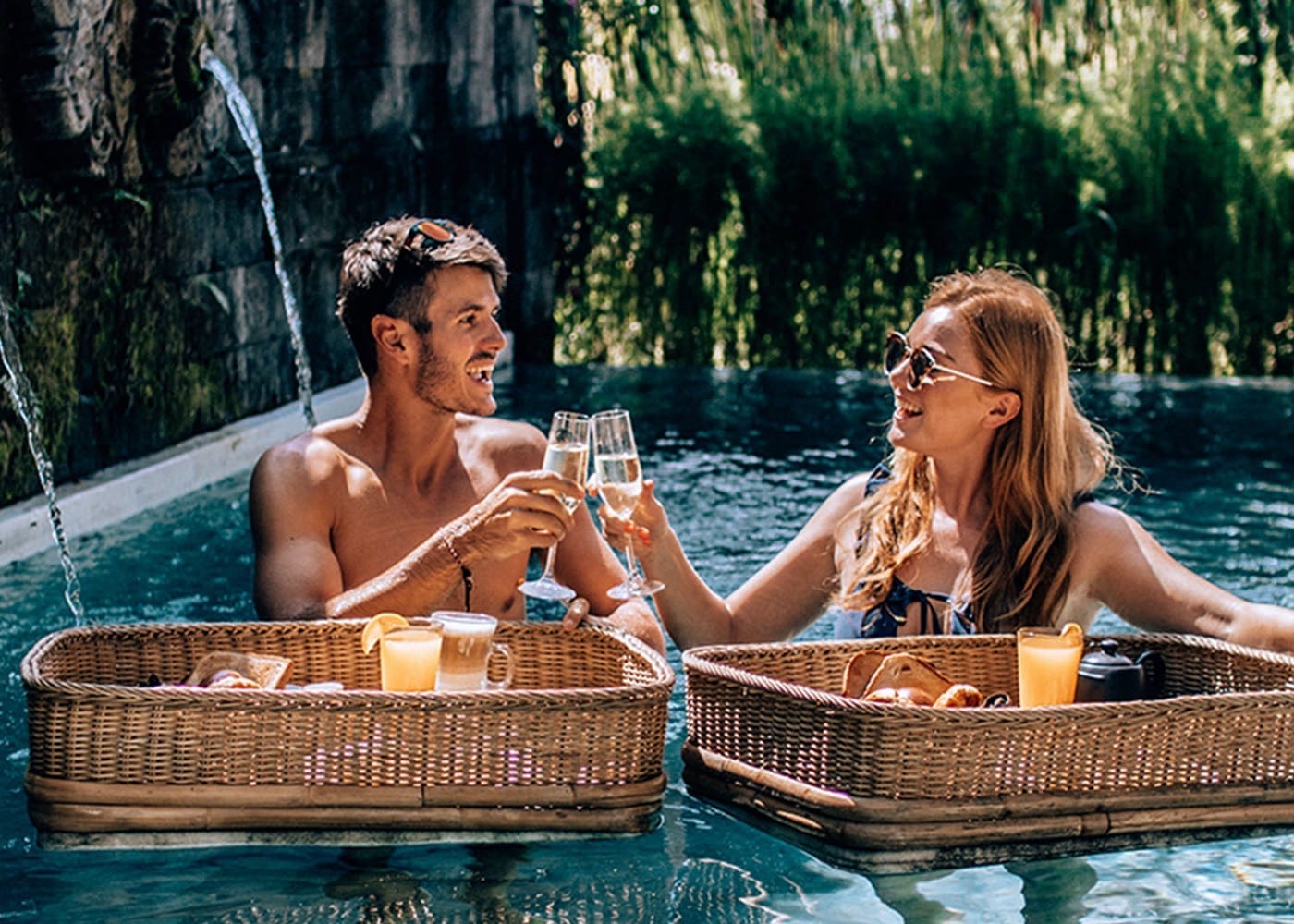
.jpg)




